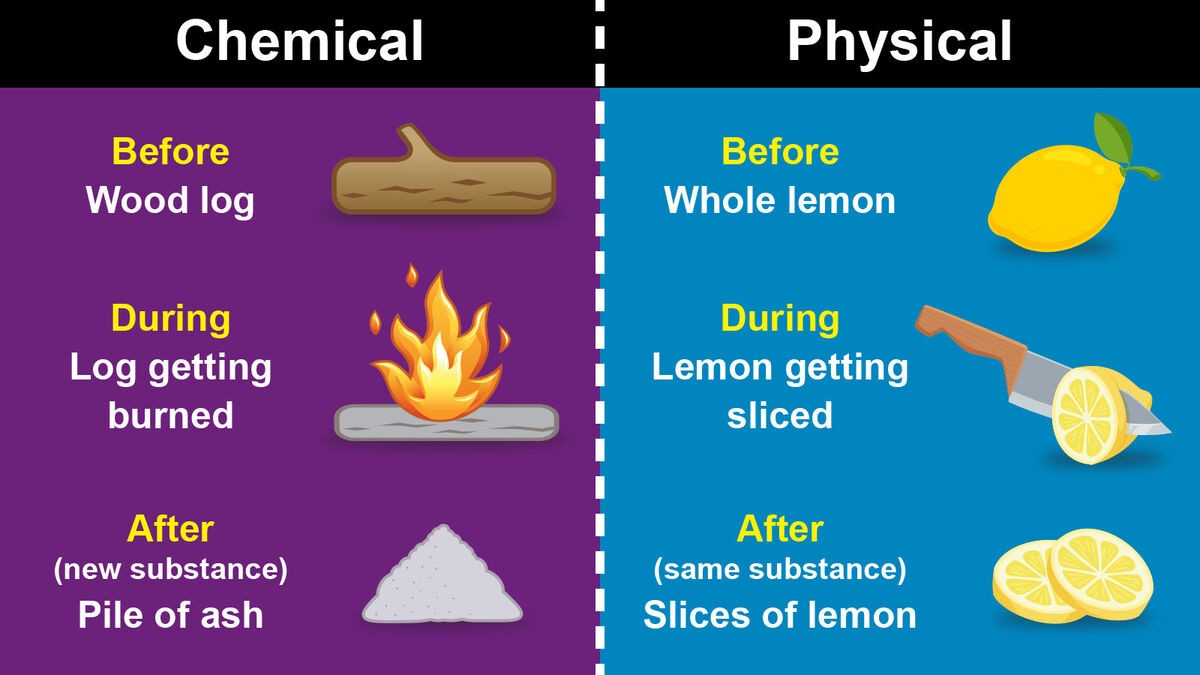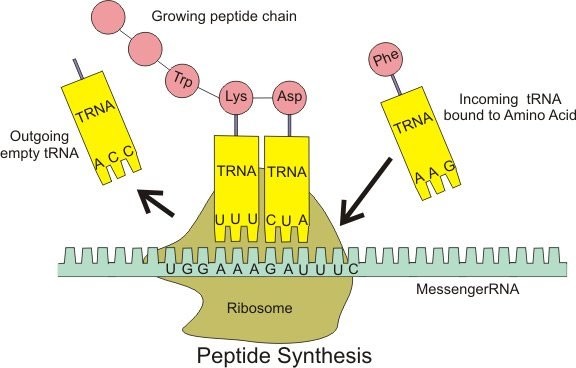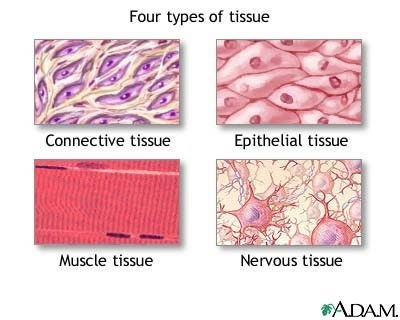Which statement best defines the difference between a physical change and a chemical change?
A. A physical change involves the rearrangement of atoms and molecules while a chemical change involves the formation of new substances with different chemical properties.
B. A physical change involves the change of one state of matter to another while a chemical change involves the change of one substance into another.
C. A physical change involves the breaking of chemical bonds while a chemical change involves the breaking of intermolecular forces.
D. A physical change involves the release of energy while a chemical change involves the absorption of energy.
A physical change is a change that affects the physical properties of a substance, but does not change its chemical identity. Physical changes include changes in state, such as melting or boiling, changes in shape or size, and changes in phase, such as the dissolution of a solid in a liquid.
A chemical change, on the other hand, is a change that results in the formation of new substances with different chemical properties. Chemical changes involve the breaking of chemical bonds between atoms and the formation of new bonds to create new compounds. Chemical changes are usually accompanied by a change in color, the formation of a gas or a solid, or the release or absorption of energy.
Overall, the main difference between a physical change and a chemical change is that a physical change only affects the physical properties of a substance while a chemical change results in the formation of new substances with different chemical properties.
Note: Choice B is partially cirrect since physical changes can involve changes in the state of matter (e.g., ice melting into water), but it's not the main characteristic. A chemical change typically involves the change of one substance into another with different chemical properties.
 |
Therefore, the Correct Answer is A.




